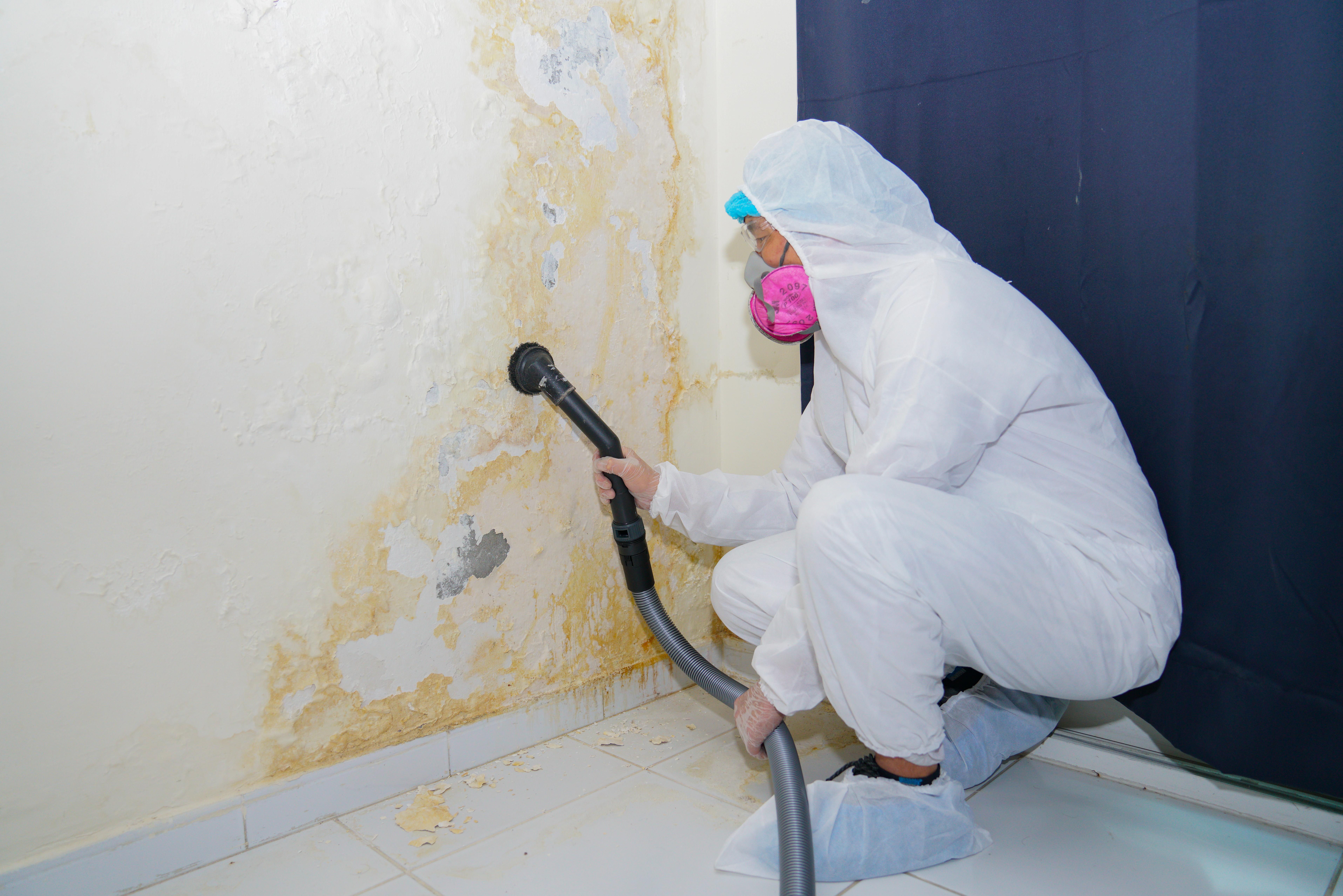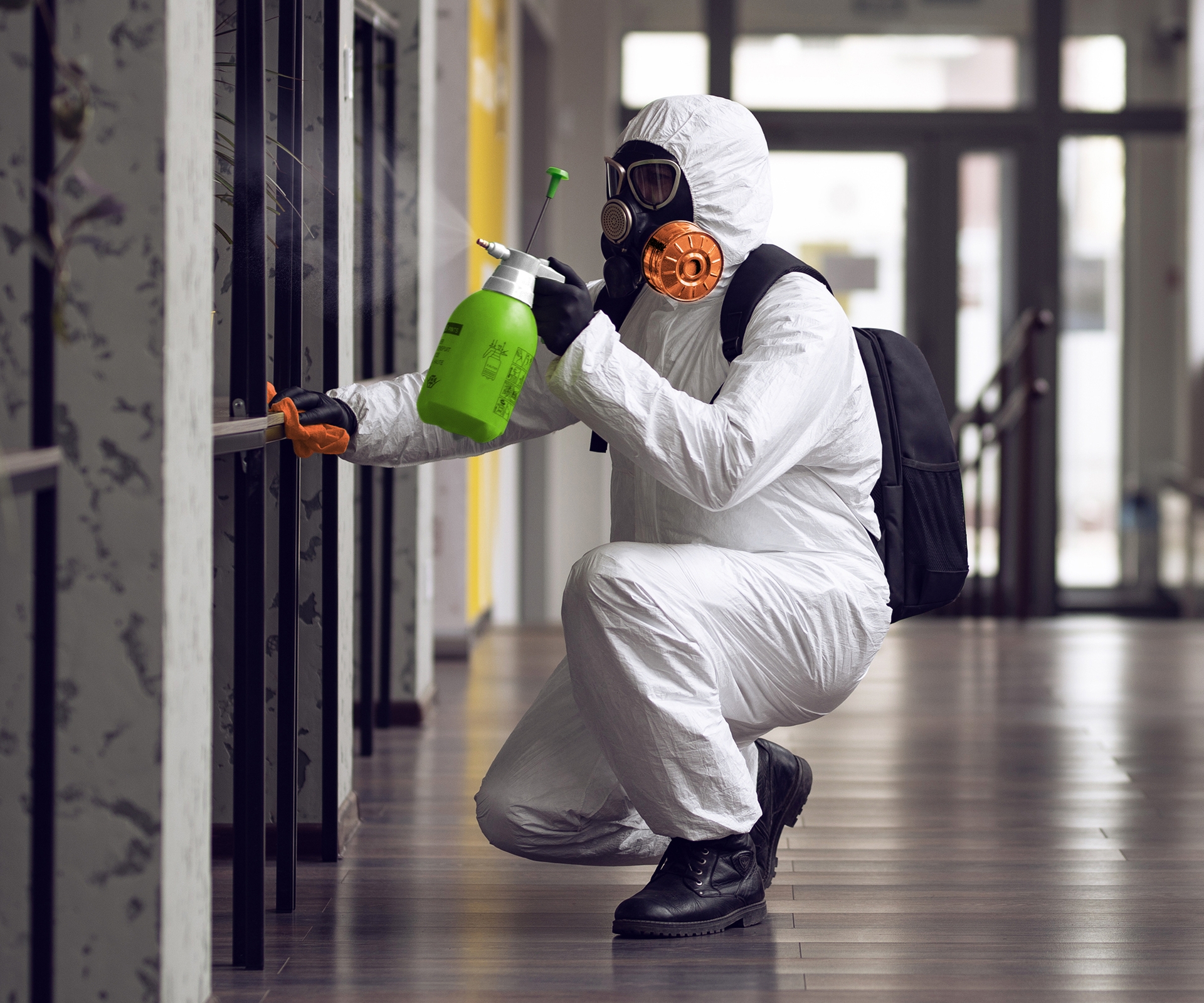Specialist Tips for Post Mold And Mildew Remediation Success
In the world of mold remediation, efficiently getting rid of mold is just half the battle; the real obstacle exists in avoiding its reappearance. By adhering to skilled suggestions and best practices, people can protect their areas against mold and mildew revival and keep a healthy and balanced indoor atmosphere.
Screen Moisture Levels Routinely
After finishing mold and mildew removal procedures, keeping ideal moisture degrees is crucial to stop mold and mildew re-growth and guarantee a healthy indoor environment. High moisture degrees above 60% develop a conducive environment for mold and mildew to prosper, making routine keeping track of a proactive procedure to stop any type of future mold and mildew concerns.
In addition, establishing a regular schedule for moisture checks, specifically in risky areas such as restrooms, cooking areas, and basements, is an aggressive approach to mold avoidance. By continually keeping track of moisture degrees, residential or commercial property owners can efficiently alleviate the risk of mold and mildew reoccurrence and preserve a healthy and balanced interior setting post-remediation.
Conduct Thorough Inspections Post-Remediation
Adhering to the conclusion of mold removal procedures, it is vital to perform comprehensive assessments to verify the performance of the remediation procedure. These post-remediation examinations are essential in making certain that the mold concern has been efficiently resolved and that there is no reoccurrence or continuing to be mold growth. Assessments ought to be performed by qualified experts who have expertise in recognizing mold and mildew and assessing indoor air quality.
Throughout these assessments, various techniques such as visual analyses, air tasting, and surface tasting may be used to thoroughly evaluate the remediated locations. Visual assessments entail a comprehensive assessment of the properties to look for any type of visible indicators of mold and mildew growth or water damage. Air tasting assists in determining the air-borne mold and mildew spore levels, while surface area sampling can identify mold and mildew particles on surfaces.
Implement Proper Ventilation Techniques
After ensuring the performance of the mold remediation process through comprehensive inspections, the following important action is to concentrate on implementing appropriate air flow approaches. Ample ventilation is necessary in stopping mold reoccurrence by managing moisture degrees and advertising air flow.
Correct ventilation not only aids in protecting against mold and mildew development however also adds to the overall health and convenience of residents. By making sure appropriate air flow throughout the home, you can lower the danger of mold and mildew regrowth and create a much healthier living atmosphere. Regular upkeep of ventilation systems, including cleaning and filter replacements, is important to you can try these out sustaining efficient air flow. Consulting with HVAC professionals can offer more insights right into maximizing ventilation strategies for your particular residential property requirements.

Usage Mold-Resistant Products for Services
To enhance the lasting efficiency of mold and mildew removal initiatives, integrating mold-resistant products for repair services is crucial in alleviating the danger of future mold and mildew growth. Mold-resistant materials are made to withstand wetness and hinder mold growth, making them a vital selection for locations vulnerable to dampness and helpful hints moisture. When fixing areas impacted by mold, using materials such as mold-resistant drywall, mold-resistant paints, and mold-resistant caulking can assist stop mold and mildew recurrence.
Mold-resistant drywall is a superb option to traditional drywall in locations like basements and washrooms where wetness degrees are higher. This kind of drywall has an unique covering that resists mold growth even when exposed to damp problems. Furthermore, using mold-resistant paints containing antimicrobial agents can further prevent mold growth on walls and ceilings.
In locations where moisture is typical, such as bathroom and kitchens, using mold-resistant caulking around sinks, windows, and bathtubs can help seal out water and avoid mold from holding in splits and gaps. By spending in these mold-resistant materials during repairs post-remediation, you can significantly lower the likelihood of future mold and mildew problems and maintain a healthier indoor atmosphere.
Maintain Sanitation and Address Water Issues
After mold and mildew removal, it is essential to maintain a tidy setting to avoid the regrowth of mold. Leakages, water invasion, or high humidity degrees can develop the best reproduction ground for mold and mildew, so it is necessary to fix any kind of water-related problems instantly.
To keep cleanliness, take into consideration making use of HEPA filters in vacuum cleaners and air purifiers to catch mold spores and stop their flow in the air. Ensuring proper ventilation in locations vulnerable to moisture accumulation, such as cooking areas and restrooms, can help maintain moisture degrees in check. By remaining alert regarding sanitation and attending to water issues promptly, you can efficiently stop mold reinfestation and remove mold bathroom keep a healthy and balanced interior setting.
Final Thought

In the realm of mold and mildew remediation, effectively eradicating mold and mildew is only half the battle; the real obstacle lies in stopping its reappearance. After completing mold removal treatments, keeping optimal humidity levels is essential to prevent mold re-growth and guarantee a healthy indoor atmosphere. High humidity degrees over 60% create a conducive setting for mold and mildew to grow, making normal monitoring a positive action to prevent any type of future mold and mildew concerns.
To improve the long-lasting efficiency of mold and mildew remediation efforts, incorporating mold-resistant products for fixings is important in alleviating the threat of future mold growth. After mold removal, it is crucial to maintain a tidy setting to avoid the regrowth of mold and mildew.